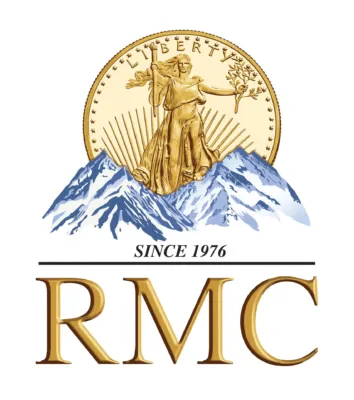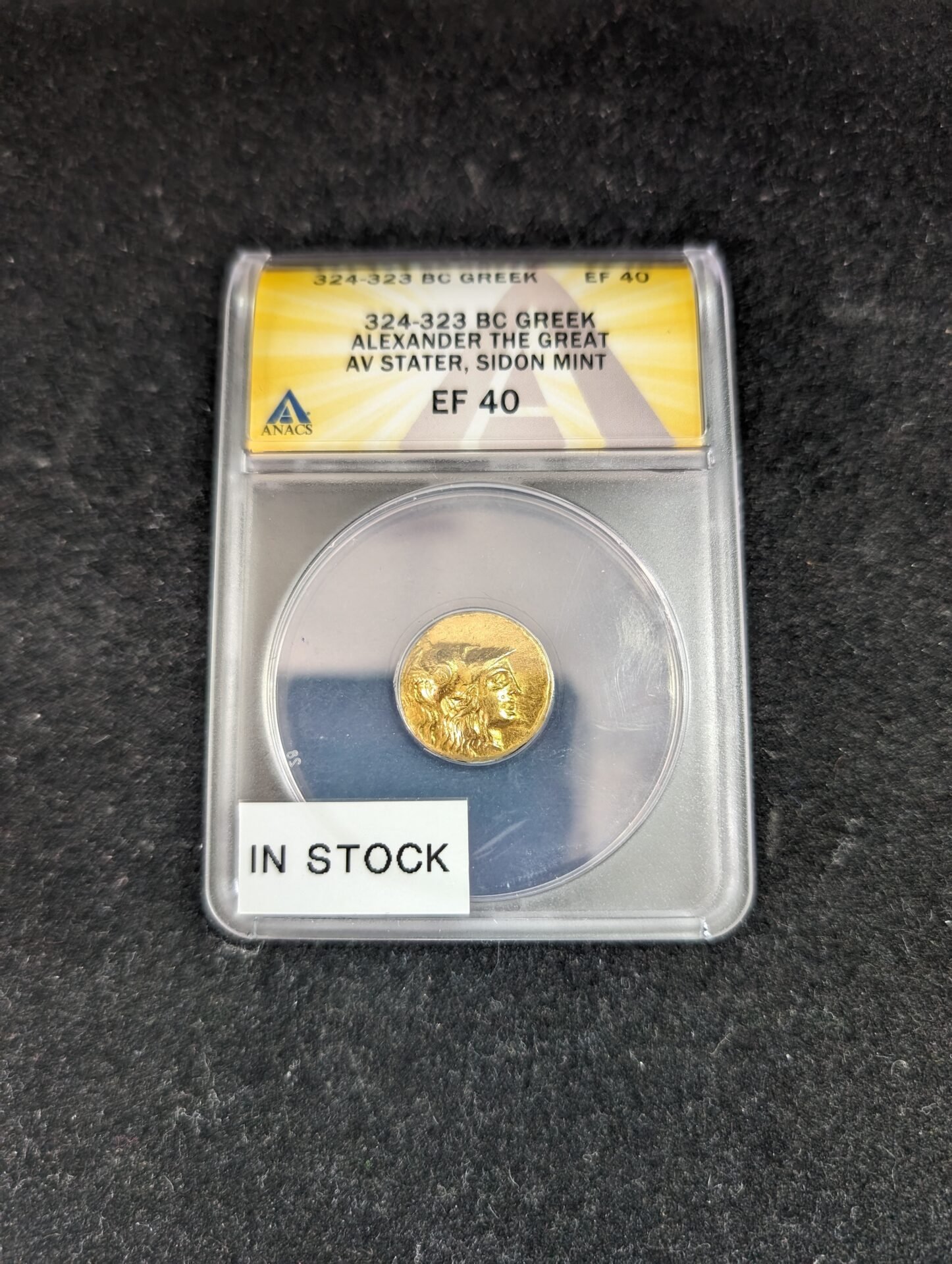Welcome to the world of coin collecting! If you’re just getting started, you may feel confused, intimidated, and even a little overwhelmed at the thought of starting your own coin collection. If so, we’re here to tell you that you have nothing to worry about.
Coin collecting is a fun, exhilarating hobby that will keep you entertained for years to come. And if you play your cards (or, in this case, coins) right, you can even profit from investing in and building your own collection.
Fortunately, coin collecting is fairly straightforward. The keys to successfully starting your own collection come down to six simple steps, which we’ve outlined below. Use this guide to build your knowledge of coin collecting and confidence in your collecting skills.
1. Start With the Coins You Already Have
When it comes to coin collecting, the easiest place to start is with the coins you already have. This includes coins in your wallet as well as those that might be hidden in your couch cushions or tucked away in your attic.
Start by studying the coins you encounter on a daily basis, like pennies, nickels, and dimes. Examine their features, their intricacies, and their distinguishing qualities. By familiarizing yourself with typical coins, you’ll be able to more easily identify unique, interesting, and unusual coins when you encounter them.
For example, you might already have one of the following unique coins in your collection:
- Sacagawea dollar-This replaced the Susan B. Anthony dollar in the year 2000. It is notable for its beautiful brass finish.
- Lincoln head pennies-These coins, often referred to as “wheat pennies,” circulated from 1909 to 1958. The modern design with the Lincoln Memorial replaced wheat pennies in 1959.
- Buffalo nickels-These nickels, which circulated from 1913 to 1938, feature a portrait of a Native American chieftain on one side and a buffalo on the reverse.
If you find any of the above coins in your wallet, pull them out and set them aside so you don’t accidentally spend them.
2. Set Goals and Narrow Your Focus
Once you’ve determined what coins you already have, try to set goals and narrow your focus for your collection. Do a little research to figure out which types of coins interest you most. As you research, ask yourself the following questions:
- Which coins do I find myself drawn to?
- Which do I find to be most beautiful?
- Which do I want to learn more about?
By asking yourself these questions, you’ll be able to choose a category for your collection. A few common categories of coin collections include:
- Blemished coins-If you love coins with quirks and flaws, an error coin collection might be the perfect thing for you to focus on.
- Historical coins-If you’re a history buff, you’ll love looking for and finding coins from ancient civilizations or past eras of American history. Investment coins-If you want to turn a profit on your coin collection, focus on collecting bullions. They tend to maintain their value even during tough economic times.
Choose a collection type that will bring you the most personal happiness and satisfaction. Remember, you could invest a lot of time and money into collecting coins-you want to make sure you love the work you do.
3. Set a Budget
At times, coin collecting can be an expensive hobby. Some collectors shell out hundreds or even thousands of dollars for the perfect addition to their collection. With that in mind, you’ll want to set a budget to prevent yourself from overextending or spending money you don’t have.
You should set a yearly coin-collecting budget as well as a long-term budget for how much you want to spend on your overall collection. You can always amend this budget down the road if your financial situation changes.
4. Set Up an Organization System
In order to efficiently expand your collection, you need to know what is in your collection at all times. This will help you avoid purchasing duplicate coins or missing out on deals on coins you need.
Just like each coin collection is unique, each collector’s organization system is unique. However, a few common tools collectors use to track their collections include:
- Software programs designed specifically for collectors
- Display albums, folder boxes, and cases
Whatever system you develop, remember that you should never store coins by haphazardly stacking them in jars, boxes, or bins. This often leads to blemishes, imperfections, and decreased value.
5. Get Involved in the Coin-Collecting Community
As a newcomer to the world of coin collecting, you can benefit greatly from other collectors’ knowledge and experience. If there is a coincollecting club near you, get involved by attending meetings and discussions. Or, if you prefer not to meet in person, you can participate in online communities and forums.
Either way, getting involved in the coin-collecting community will allow you to gain greater insights into your own collection as well as to find new places to buy and sell coins.
6. Expand Your Knowledge and Continue Learning
One of the most interesting things about coin collecting is that it is constantly changing. New coins are always being released, while other coins’ values are changing. As a result, you’ll want to do your research and stay up to date on coin-collecting news, trends, and forecasts.
Although coin collecting can seem intimidating, the steps involved are actually fairly simple. All you need to do is start small, set goals, and do thorough research in order to be successful. To learn more about coin collecting, take a look at our other blog posts.




